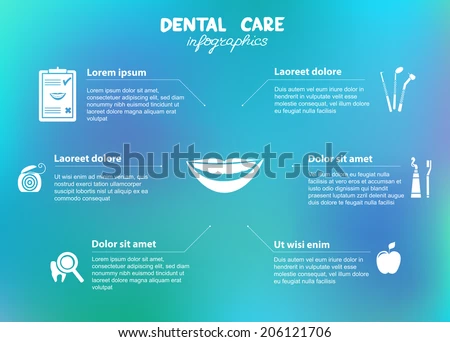Prepare Yourself For Unpredicted Oral Emergency Situations By Having The Ability To Determine The Signs And Symptoms Of Trauma And Recognizing The Ideal Time To Seek Instant Clinical Interest
Prepare Yourself For Unpredicted Oral Emergency Situations By Having The Ability To Determine The Signs And Symptoms Of Trauma And Recognizing The Ideal Time To Seek Instant Clinical Interest
Blog Article
Uploaded By-Gundersen Singh
If you feel an abrupt shock of discomfort or see a tooth injury, it can be unsettling. Yet exactly how do you figure out if it's an oral emergency situation that calls for instant interest? Recognizing the vital indications and knowing when to look for help can make all the difference in maintaining your dental wellness. Recognizing when to act promptly could indicate the difference between a quick fix and a lot more substantial treatment.
Common Types of Dental Injury
What're the typical sorts of dental trauma that you should recognize?
Mishaps can occur, leading to different types of oral injuries. One usual kind of dental injury is a broken tooth. This can occur from biting down on something hard or experiencing a strike to the face.
Another type is a damaged tooth, where a part of the tooth can chip off. Furthermore, you may experience a knocked-out tooth, which can happen during sports or drops. It's essential to deal with the tooth very carefully and seek immediate oral focus.
Oral injury can also include a tooth that has been pushed out of placement or loosened up as a result of an injury. This sort of injury requires punctual treatment to save the tooth.
Lastly, soft tissue injuries in the mouth, such as cuts, can also take place from mishaps. Learning about these typical sorts of dental trauma can aid you act promptly and suitably in case of an emergency situation.
Signs of Dental Emergencies
Recognizing the indicators of dental emergencies is essential for timely action and correct therapy. If you experience severe tooth pain that's constant and pain, it can indicate a hidden problem that needs immediate focus.
Swelling in https://howmuchdoesimplantscost39406.blogofchange.com/31232660/approaches-to-reduce-dental-stress-and-anxiety-and-concern , face, or jaw can likewise signify an oral emergency situation, particularly if it's accompanied by pain or fever. Any kind of kind of injury to the mouth resulting in a split, damaged, or knocked-out tooth ought to be treated as an emergency situation to prevent further damage and possible infection.
Bleeding from the mouth that doesn't stop after applying pressure for a couple of minutes is an additional red flag that you must look for emergency oral care. In addition, if you notice any type of indicators of infection such as pus, a nasty taste in your mouth, or a high temperature, it's necessary to see a dental professional asap.
Neglecting https://how-to-whiten-teeth95173.blogofchange.com/31233334/find-the-perfect-option-for-your-smile-take-a-look-at-the-advantages-and-drawbacks-of-dental-implants-versus-dentures-make-an-informed-decision-for-a-smile-that-shows-confidence-and-looks-natural might bring about more serious problems, so it's critical to act quickly when confronted with a potential oral emergency.
Relevance of Immediate Therapy
Trigger action and instant therapy are crucial in addressing oral emergency situations to prevent further difficulties and ensure ideal end results for your dental wellness.
When confronted with an oral emergency situation, such as a knocked-out tooth or serious tooth pain, seeking instant therapy can make a substantial distinction in conserving your tooth and reducing pain. Delaying therapy can cause infection, raised pain, and also long-term damage to your teeth and gum tissues.
By seeking emergency situation oral care promptly, you raise the opportunities of successful treatment and reconstruction. please click for source have the needed skills and equipment to deal with emergency situations successfully, lowering the danger of lasting effects.
In addition, immediate treatment can assist manage pain and discomfort, allowing you to resume your day-to-day activities without disturbance.
Conclusion
To conclude, recognizing oral injury and knowing when to look for first aid is critical for preserving dental health.
By recognizing typical sorts of dental injuries and the indicators of dental emergencies, you can make certain timely care to stop additional damages and difficulties.
Bear in mind, looking for immediate therapy can save teeth, reduce discomfort, and enhance the chances of effective recovery.
Do not think twice to seek help from a dental professional if you experience any type of signs of oral injury.
